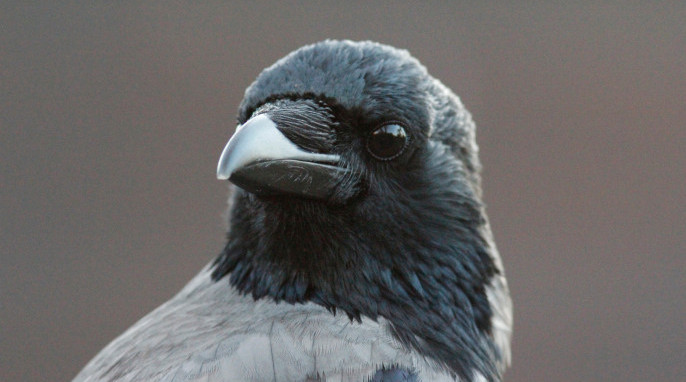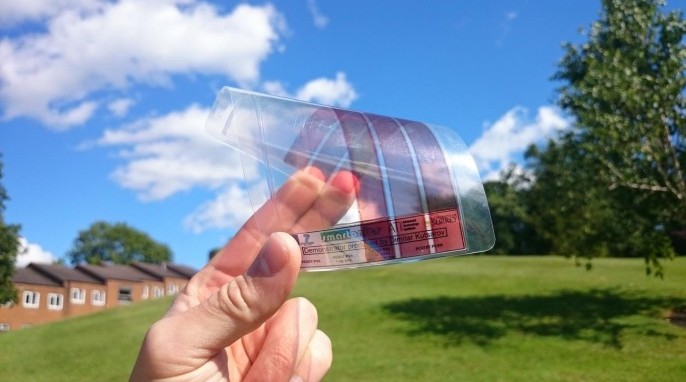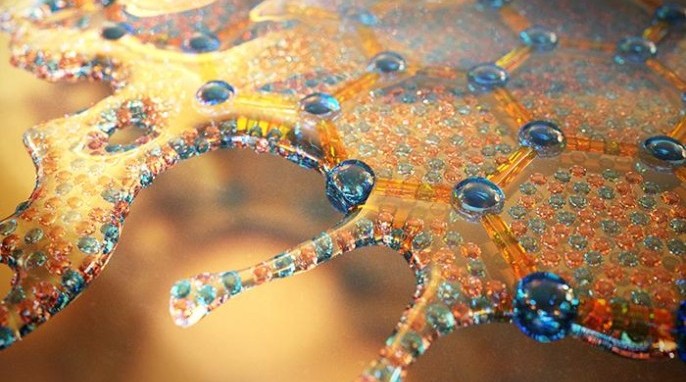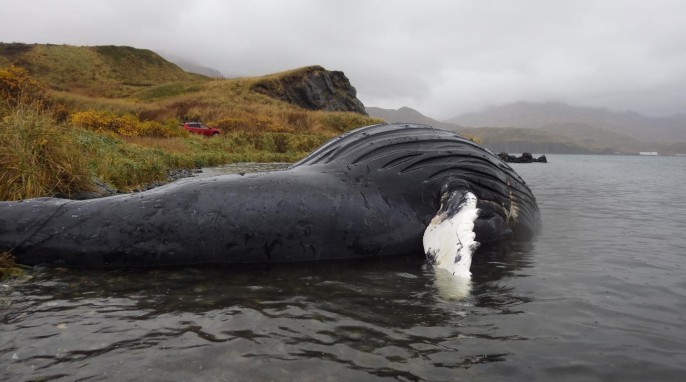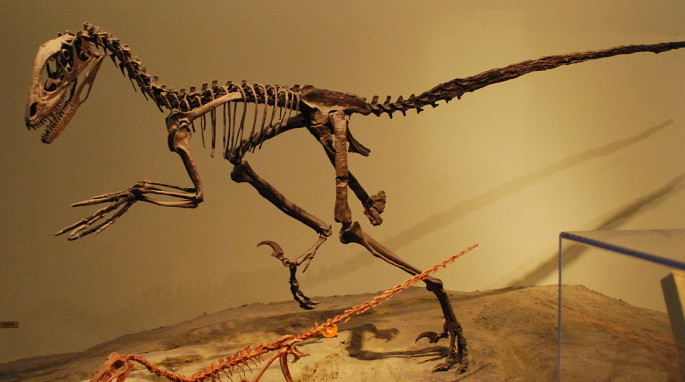Big, Beautiful Bird Brains
By Emily Willoughby @eawilloughby It is probably not a coincidence that the verbs ape and parrot have such a similar meaning: to imitate an observed behavior. There is something suggestive of intelligence in the words, perhaps informed by knowing that babies mimic the behaviors of adults as their brains begin to mature. But the similarity may reflect something more fundamental. Primates and certain birds—most notably parrots and corvids, the group that includes crows and jays—are well known as being among the smartest of animals. For apes this is no surprise,…
Read More
